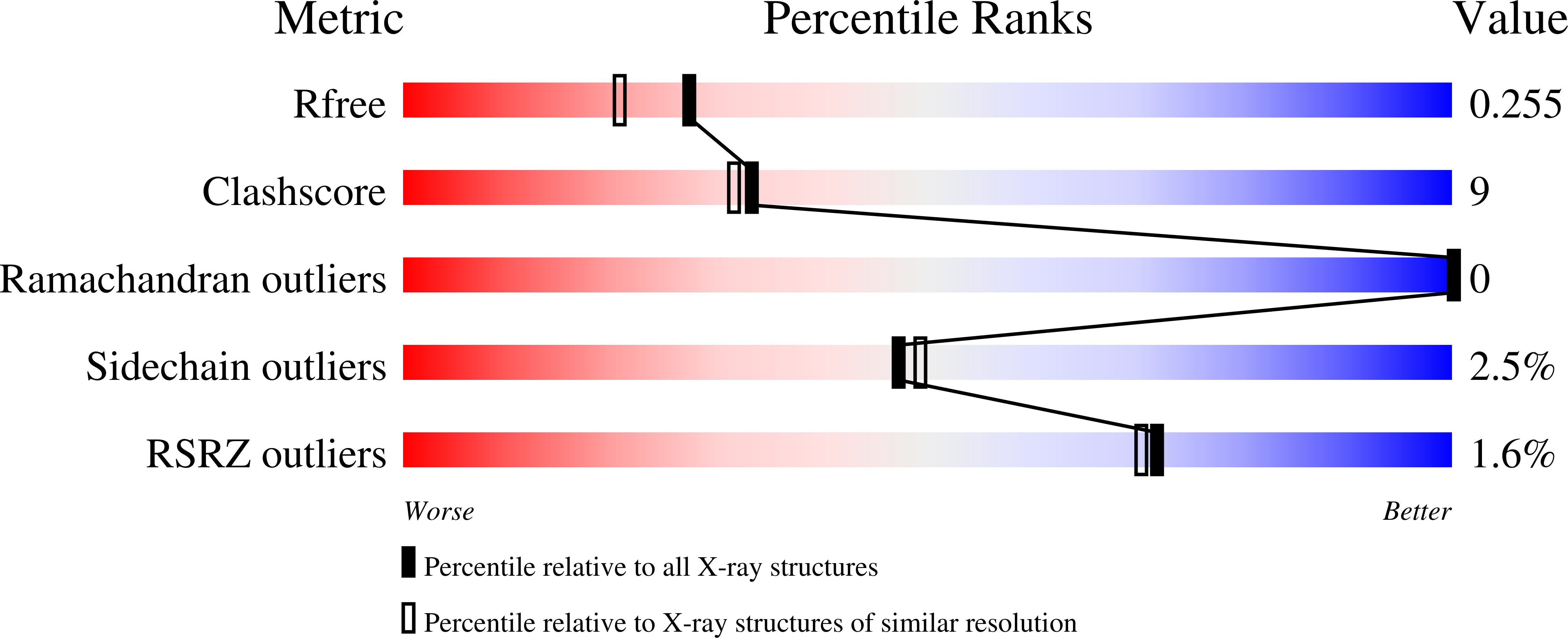
Deposition Date
2004-08-10
Release Date
2005-02-01
Last Version Date
2023-10-25
Method Details:
Experimental Method:
Resolution:
2.00 Å
R-Value Free:
0.26
R-Value Work:
0.22
R-Value Observed:
0.22
Space Group:
P 21 21 21


